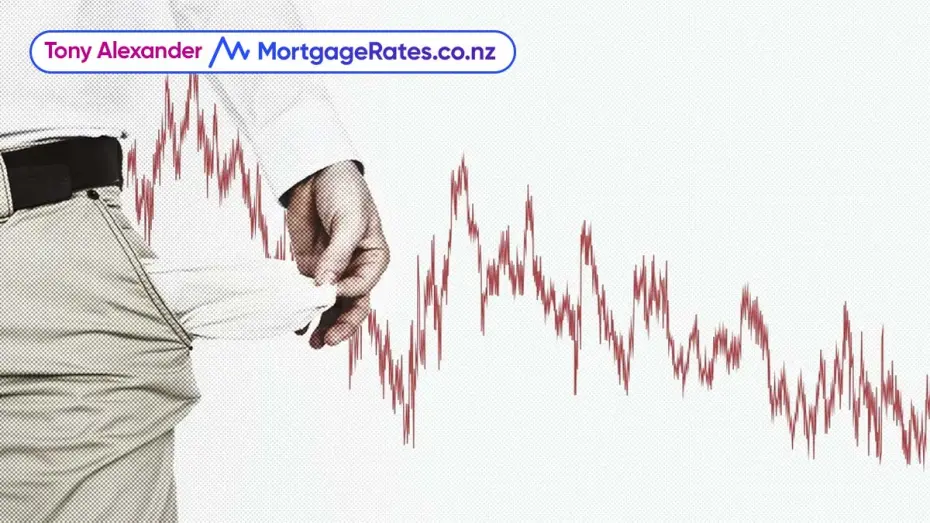At their most recent review of the economy and monetary policy on May 25 the Reserve Bank met market expectations by increasing their official cash rate from 1.5% to 2.0%. But they surprised everyone by bringing forward the timing for this rate hitting its peak from the middle of 2024 to the middle of next year. They are speeding up their tightening of policy to get restraint on the economy and inflation more urgently than previously planned.
But they are also aiming for interest rates to go higher than previously picked, with a predicted cash rate peak now of 3.9% rather than 3.4%.
Why this rush to get the job done?
If we go back just over two years ago when the pandemic struck, our central bank and others adopted what was called a “least regrets” policy. They said that they would deeply regret not stimulating their economies enough with low rates and money printing if a depression occurred. But if they over-stimulated things by leaving interest rates too low for too long and printing too much money then that was the better option. Depression would be avoided and they could do what they have done before and suppress inflation.
Mission accomplished
They have over-stimulated their economies and now restraint on growth and inflation is being applied at an accelerating pace. Here in New Zealand the Reserve Bank told us on May 25 that they have decided to implement a new “least regrets” policy which is completely the opposite of the one from 2020.
Now, they want to avoid the risk of letting high inflation becoming entrenched by deliberately running the risk of raising rates too high too quickly and throwing the economy into recession.
It is impossible to predict the adoption of such a risk management approach so I don’t feel bad about lifting my predicted peak for the cash rate from the 3.0% I have been running with for over a year. But I don’t think the Reserve Bank will need to take the cash rate to 3.9% and instead expect a peak at most of 3.5% which will be reached before the end of the year. The peak could even be lower than this.
Why not 3.9%?
Because we can already see that the pace of growth in the economy is slowing rapidly. Retail sales are falling and my monthly Spending Plans Survey since February has been telling us that a crunch in consumer spending is coming for this year. Expected outflows of Kiwis from our country are growing, house prices are falling more rapidly than expected, and the residential construction sector is experiencing the weeding out process I warned about from early last year.
That is, firms are failing and there are a lot more to do so. We have probably almost reached the peak level of house construction this cycle and from here there will be a large disconnection between issuing of consents for new dwellings in the past year and actual construction of said dwellings.
Business confidence has plunged to levels only briefly exceeded by the early months of the pandemic, and supply chain problems are worsening as oil prices climb higher and higher.
What is happening now is that the chances of short term fixed mortgage rates rising above long term rates before the end of the year are now quite high. It looks like I will be pulling out my articles from 1998 and 2008 warning not to touch the five year rate with a bargepole some 6-12 months earlier than I was previously thinking.
The good news in that is we can probably expect general declines in mortgage rates towards the end of 2023.
To sign-up to either my free weekly Tony’s View publication, or weekly Tview Premium plus extras, go to www.tonyalexander.nz


